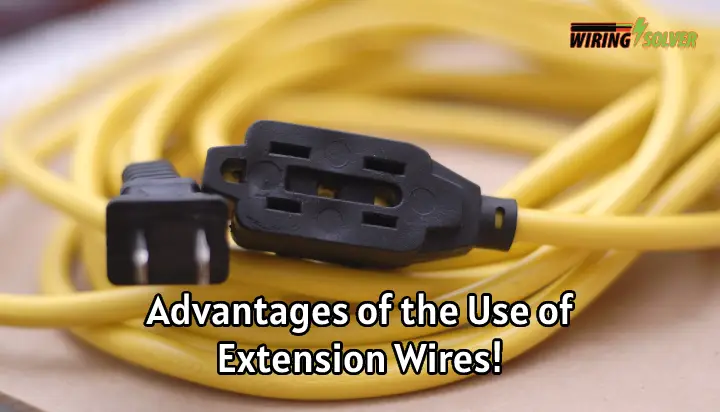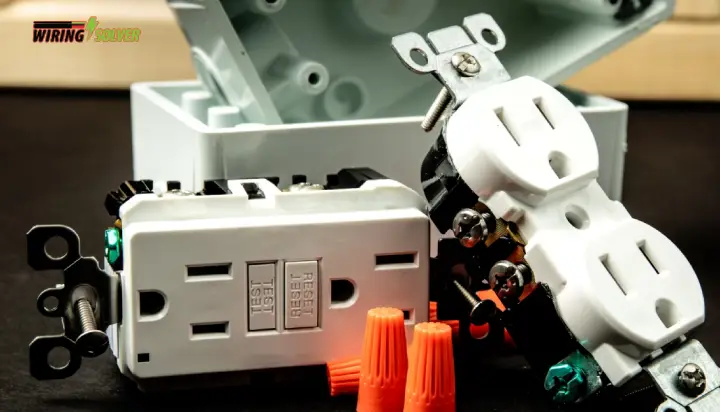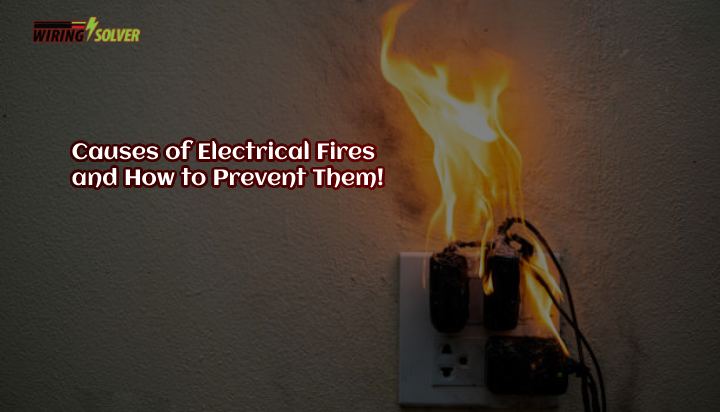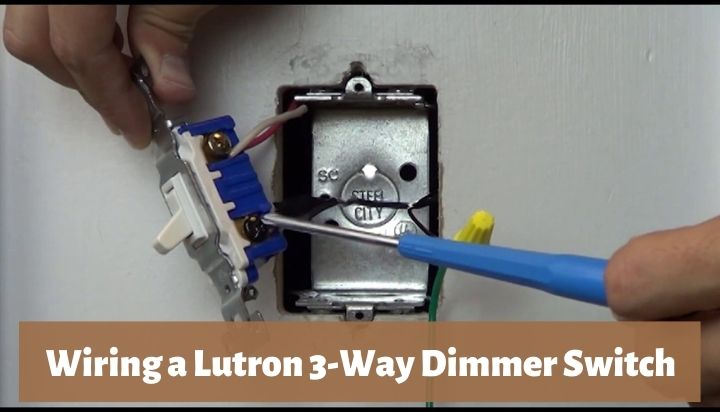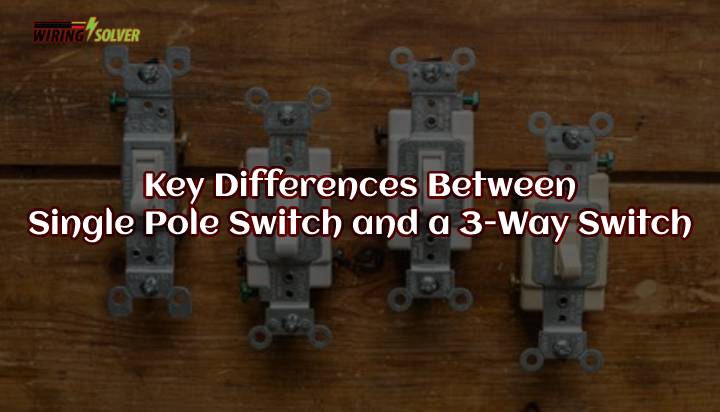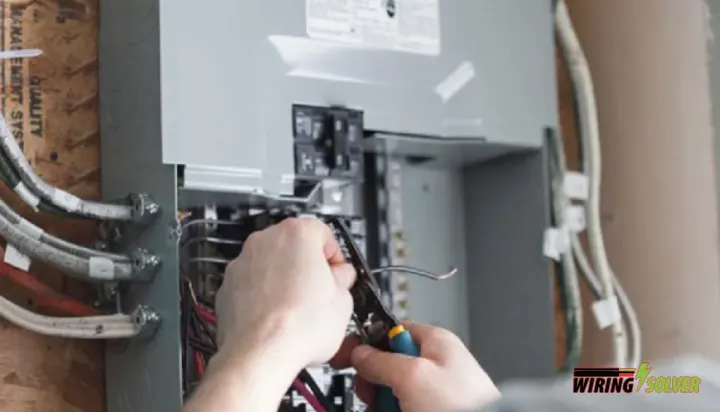A sub panel is installed with the main panel to distribute power to various circuits and appliances within the property. One question that often arises when installing a sub panel is whether or not it requires a main breaker.
Yes, a sub panel should have a main breaker. This is because the main breaker serves as a crucial safety feature by providing shutting off all power to the sub panel if an electrical emergency or fault occurs.
Without it, the circuits would not be protected from overloading. In this article, the role of the main breaker in a sub panel will be discussed along with the installation method.
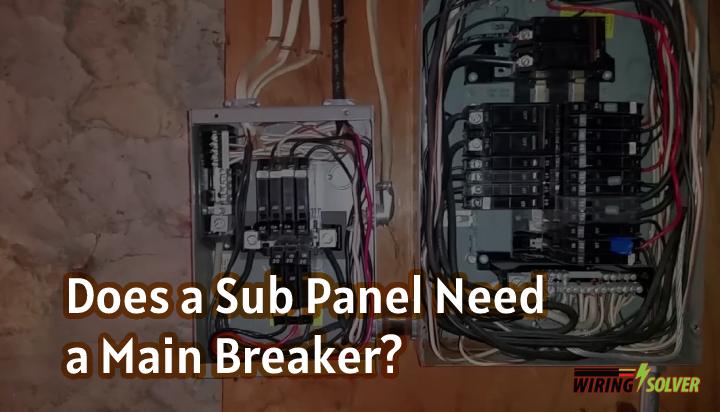
Sub Panel and Main Breaker:
Starting with the subpanel, it’s a smaller box that provides power (from the main panel) to particular places of the apartment. And, this does have its own breakers.
The main breaker is a large circuit that stops power in order to prevent damage due to overcurrent.
My Recommendation
One of the best replacement circuit breakers in the store for sub-panel boxes is the Connecticut Electric UBIP2100. Not only it is safe for electrical projects but also assures quite good quality.
Potential Consequences of Not Having a Main Breaker In A Sub Panel
Not having a main breaker in a sub panel can have serious consequences.
- Without a main breaker, the circuits in the sub panel would not be protected from overloading or short circuits, which could potentially lead to serious damage or injury.
- Overloading of circuits can occur when too much current is flowing through the wires, causing them to become overheated and potentially leading to a fire hazard.
A main breaker in the sub panel would trip and shut off power to the overloaded circuit, preventing further damage.
- Short circuits, which occur when a hot wire comes into contact with a neutral or ground wire, can also be dangerous if not addressed promptly.
A main breaker in the sub panel would trip and shut off power to the shorted circuit, preventing further damage. Without a main breaker, the short circuit would continue to draw excess current, potentially causing a fire or damaging the electrical system.
- Not having a main breaker in a sub panel could also put people at risk of electric shock or injury.
Without the protection of a main breaker, the circuits in the sub panel would remain live and could potentially be dangerous to touch.
- It is important to have a main breaker in a sub panel to protect against overloading, short circuits, and other electrical emergencies.
Not having a main breaker could result in serious consequences, including fire, damage to the electrical system, and risk of injury.
Is A Main Breaker Required in A Panel?
Just like chassis wiring vs power transmission, the topic is popular among novices, especially those who want to add a new circuit line in the garage or basement.
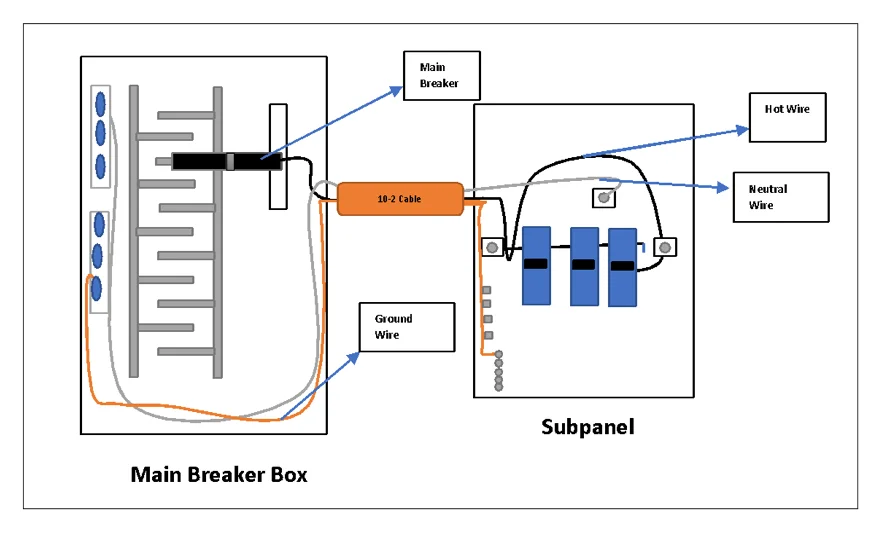
It’s not compulsory that a subpanel require a main breaker. Why? Well, the main panel contains a feeder breaker which does a great job to prevent harm due to short-circuit.
But the subpanel is compatible with the main breaker so that anyone can add in order to increase the safety of the power distribution process (from the main panel). For that, you need to maintain the code given by NEC aka National Electrical Code.
What Size Breaker Do I Need for A Sub Panel?
To understand the right size of the main breaker, you need to check the NEC 225.39 rule as it describes all the sizes based on the installation type.
- For one-circuit installation, NEC gives allowance to use one 15 amps breaker load limit. But if you add 2 circuit breakers, the rating of size is not 30 amps with 2-wire.
- For the dwelling of a family, you can use 100 amps of breaker size with 3-wire.
- If you have a separate plan to add a breaker in the basement or other purposes, then add 60 amps size.
Equation Procedure: Wattage / Voltage = Amperage.
Example,
Suppose your circuit wattage is 8000W and voltage is 240V then,
Amperage = 8000W / 240V
= 33.33A
How to Add a Main Breaker to a Sub-Panel?
If you think about what to do with unused live electrical wires and need to attach the main breaker on a subpanel, then make use of it. Be sure to gather tools before starting the procedure.
- Take out the bonding screws. Find the wiring harness.
- Detach the lugs (near to the place where the red and black color wire is connected).
- Next, attach the breaker and then insert the nut.
- Join the red and black wires to the lugs (on the upside of the breaker). And, put back everything to its place.
Note: To attach the main breaker in the subpanel, follow the ‘6 breaker rule’ which is suggested by NEC. It means you can add the main breaker which can’t take more than 6 switches power.
Frequently Asked Questions:
1. How many amps can a subpanel be?
By and large, the subpanel doesn’t have a restriction. This means you can add 60 amps to 100 amps at your home. But, if your subpanel is 200 amps, then be sure the power feed doesn’t go over 160 amps.
2. When can a main lug panel be used?
You can use the main lug panel if the main circuit breaker is placed remotely. And to do that, just ensure both of them are 200 amps rated in power.
3. Does a subpanel need a ground rod?
Yup! If the sub-panel is outside of the apartment, then it doesn’t need a ground rod with wirings. And, you don’t have to use a ground rod if the sub-panel is placed inside the apartment. Only the wiring is required.
Summary
Unprotected sub panels might result in significant repercussions like fire, electrical system damage, and injury risk. It is critical to ensure that the primary breaker is correctly placed and complies with all applicable codes.
A main breaker in a sub panel is necessary to safeguard against overloading, short circuits, and other electrical problems. Overall, the main breaker in a sub panel is an important safety element.

